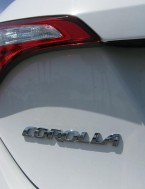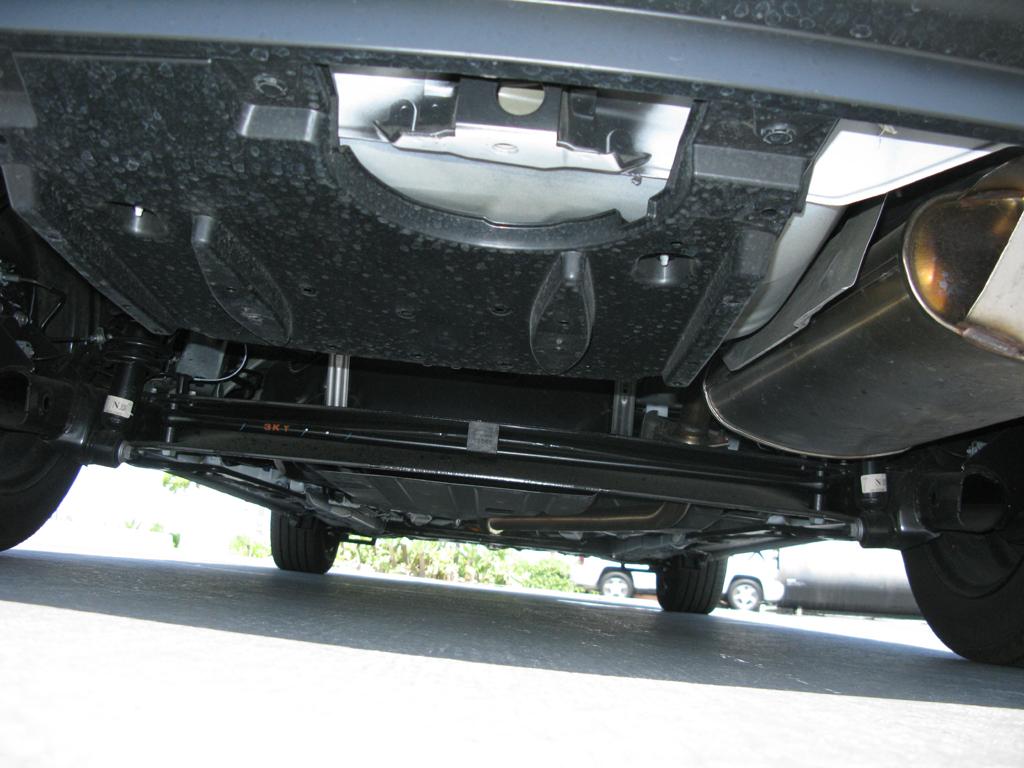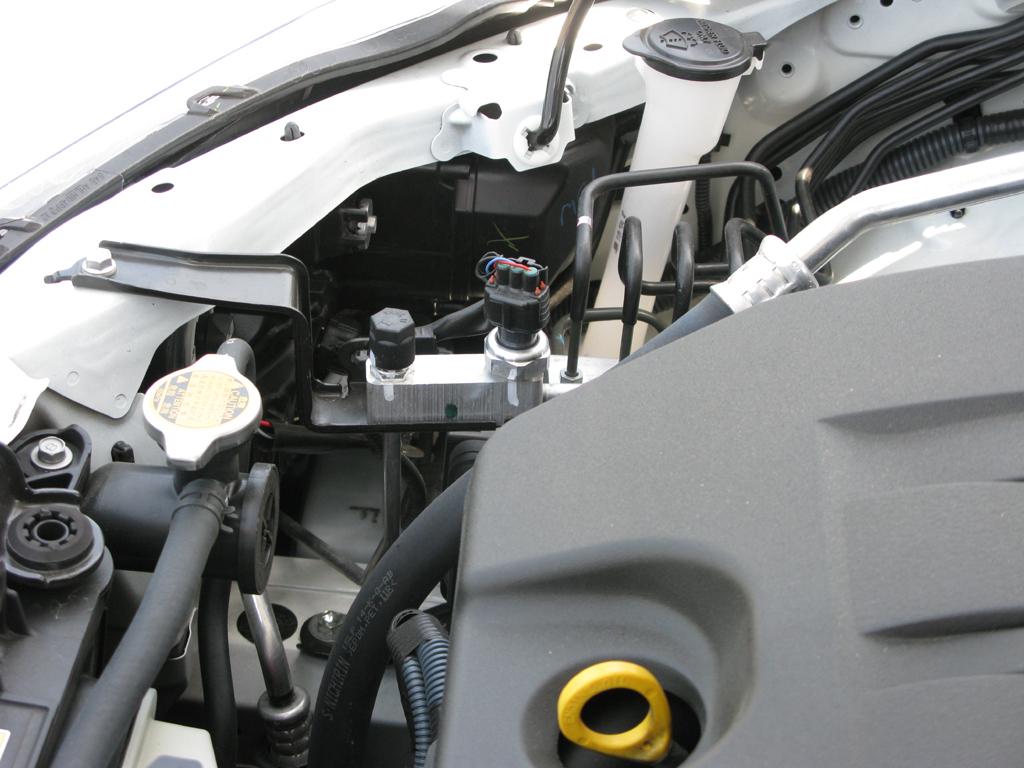
Review Index
2014 Toyota Corolla LE – Part 1 (Exterior)
2014 Toyota Corolla LE – Part 2 (Interior)
2014 Toyota Corolla LE – Part 3 (Interior – Electronic Features)
2014 Toyota Corolla LE – Part 4 (Powertrain)
2014 Toyota Corolla LE – Part 5 Chassis and Suspension)
The latest Corolla has independent MacPherson strut front suspension, and its rear suspension is the torsion beam type. The MacPherson suspension is familiar to many people; and the torsion beam is not something that we can brag about. You can see the Corolla’s torsion beam in the rear suspension from the below photo.
The torsion beam is not a fully independent suspension, its advantage is simple construction and lower cost, and the shortcomings are evident: it is not the most desirable suspension for performance driving. But anyway, who want to buy a Corolla for sports purpose?
The torsion beam setup does not mean Toyota completely ignore Corolla’s ride comfort: the Corolla has stabilizer bar for both the front and rear suspensions. In fact the ride of the Corolla is excellent in this class: the suspension has reasonable travel, which provides a cushy feel; when it hits imperfections on the road (joints, potholes), the harsh impact is largely filtered out. At the same time, the suspension is not too soft that let you feel like you are on a boat. The steering can be describe to be precise for most Corolla drivers, although some people may find it to be “too light” during highway speed.
For the Corolla’s most frequent usage, the car body rigidity are more important than the suspension.
The Corolla has strong torsional rigidity for its curb weight. When you are driving on uneven surfaces, there is no creak and no vibration noise inside the cabin (for comparison, see our review on the 2014 Mercedes-Benz GL450, whose cabin can be described as very creaky), which provide you a very strong tight and rigid feeling. However, the Corolla’s bending rigidity does not reach the same level: when driving on some crappy section of California highway, where the road surface is like a washboard, you can see from your rear-view mirror that the heating lines on the rear glass are shaking with low amplitude in high frequency, a typical sign that the rear body has slight bending relative to the front body. But this is normal for automobiles in this price range, it is not practical to have a sub-$20k car drives like a luxury automobile.
The Corolla also has strong car body to protect the passenger during a crash accident. During the IIHS side impact test, Corolla got a superb result of -18.5cm (to give you an idea how good this is – the 2014 BMW 3-series is even worse than the Corolla in the side impact test, with a result of only -16.5cm). Extra attention has also been paid to the case of small overlap frontal crash, you can see the upper radiator support in the engine bay are made of high-strength steel braces, which can absorb the impact energy even the major impact force are applied to that narrow section only.
Toyota frequently has generous incentives and rebates on the Corolla, and you can also negotiate the pricing with your local dealership. As far as I know many people are able to purchase the Corolla with the final price far below the invoice pricing. With such low price, you get many standard features which previously is only available on luxury vehicles, plus the highly rigid body and the comfort ride, this are the major reasons why so many people chose it to be their daily commute car.





Recent Comments